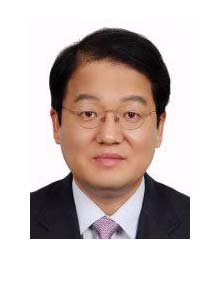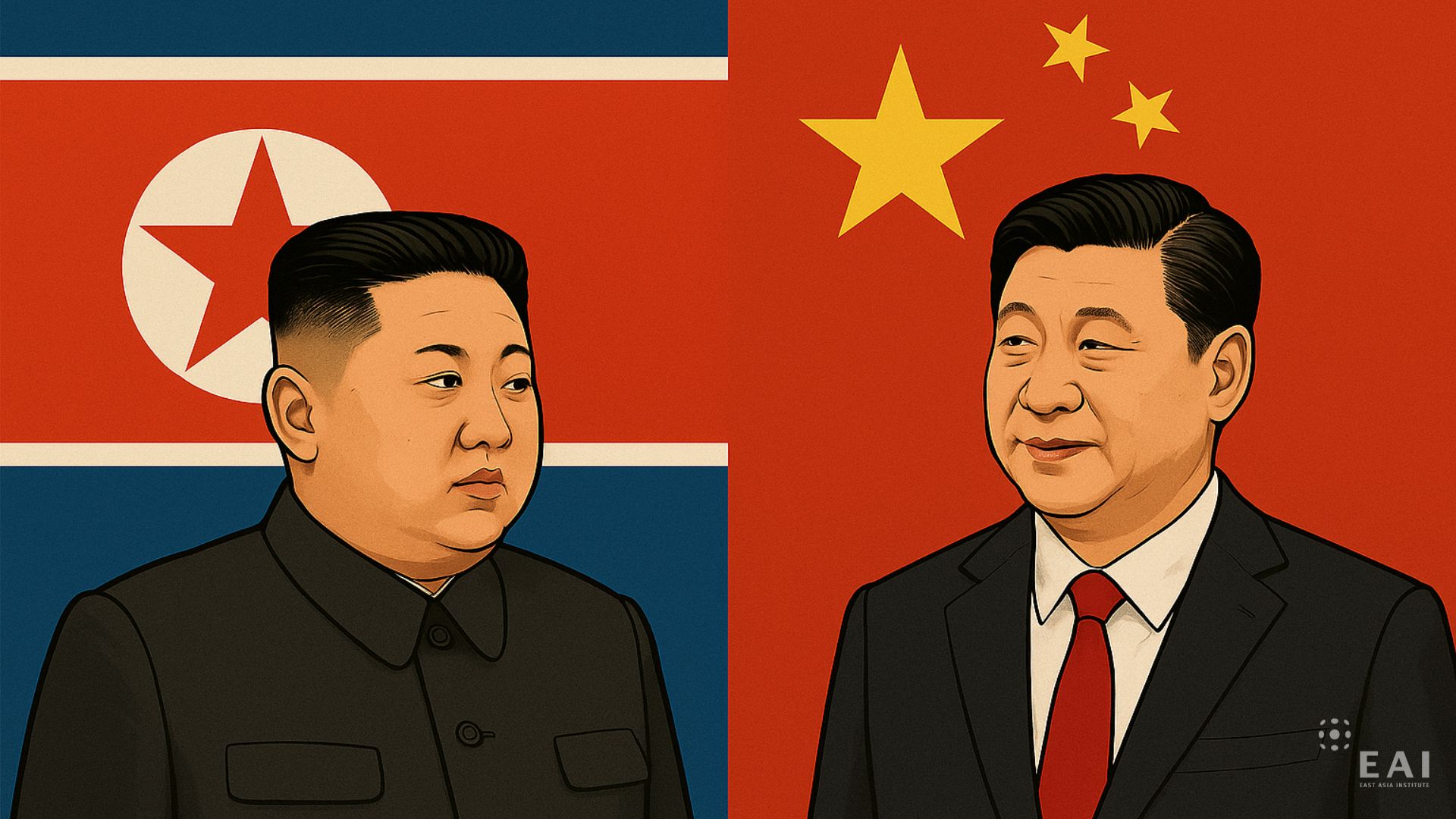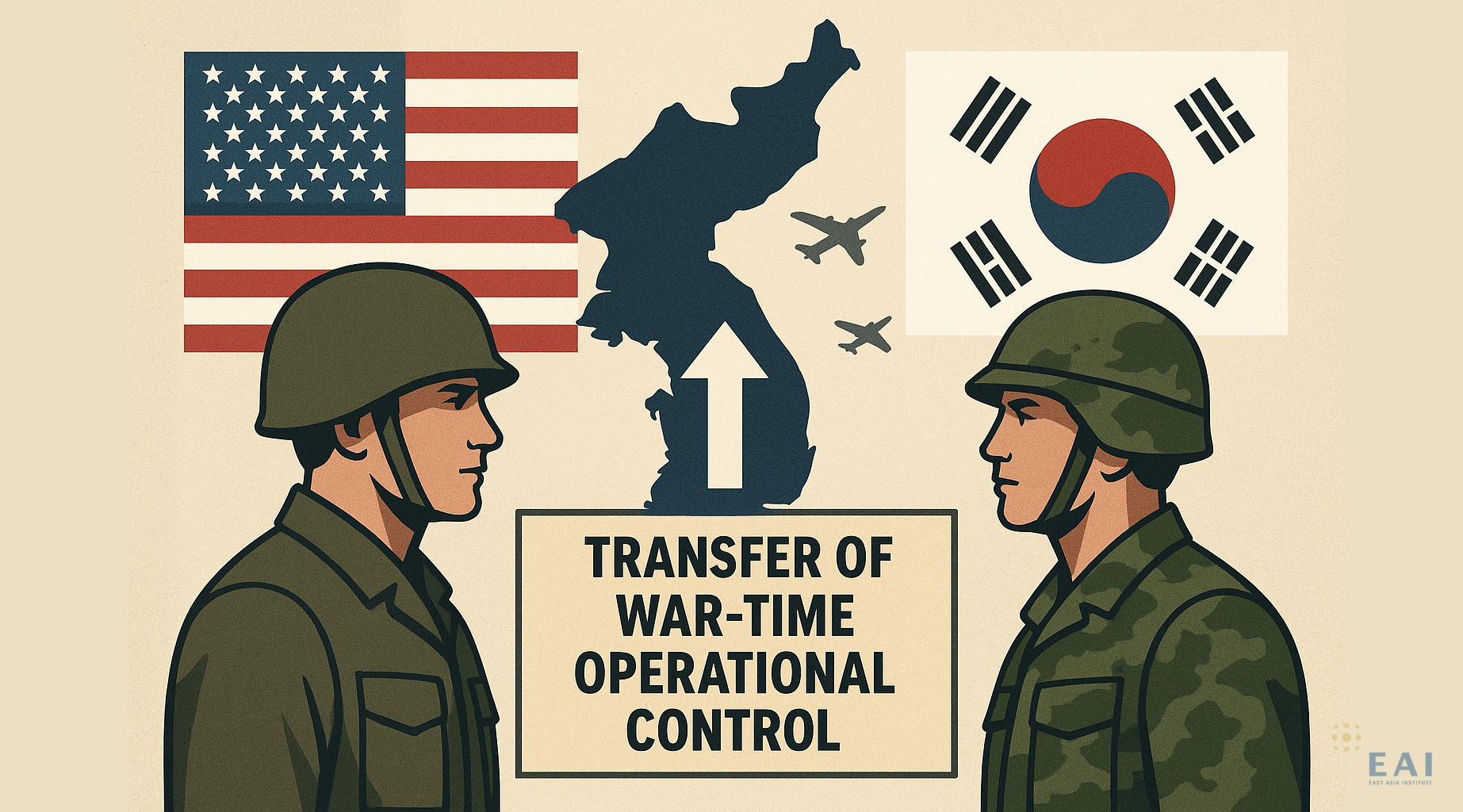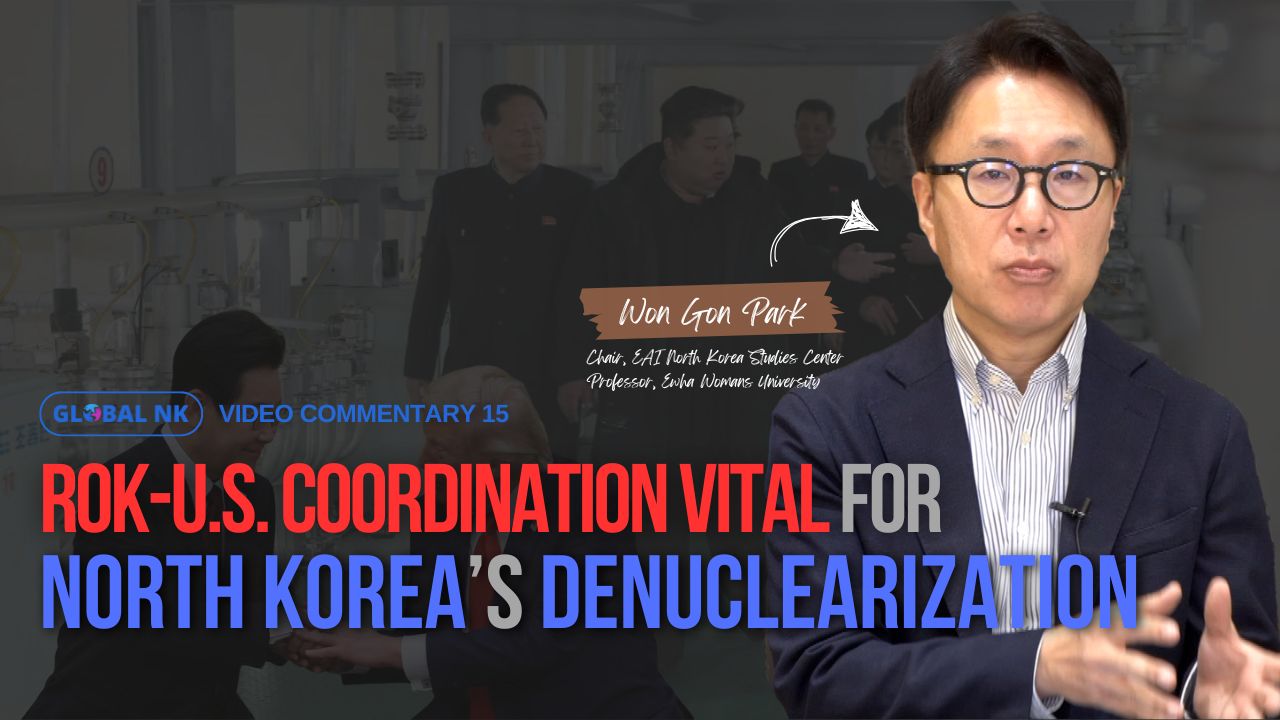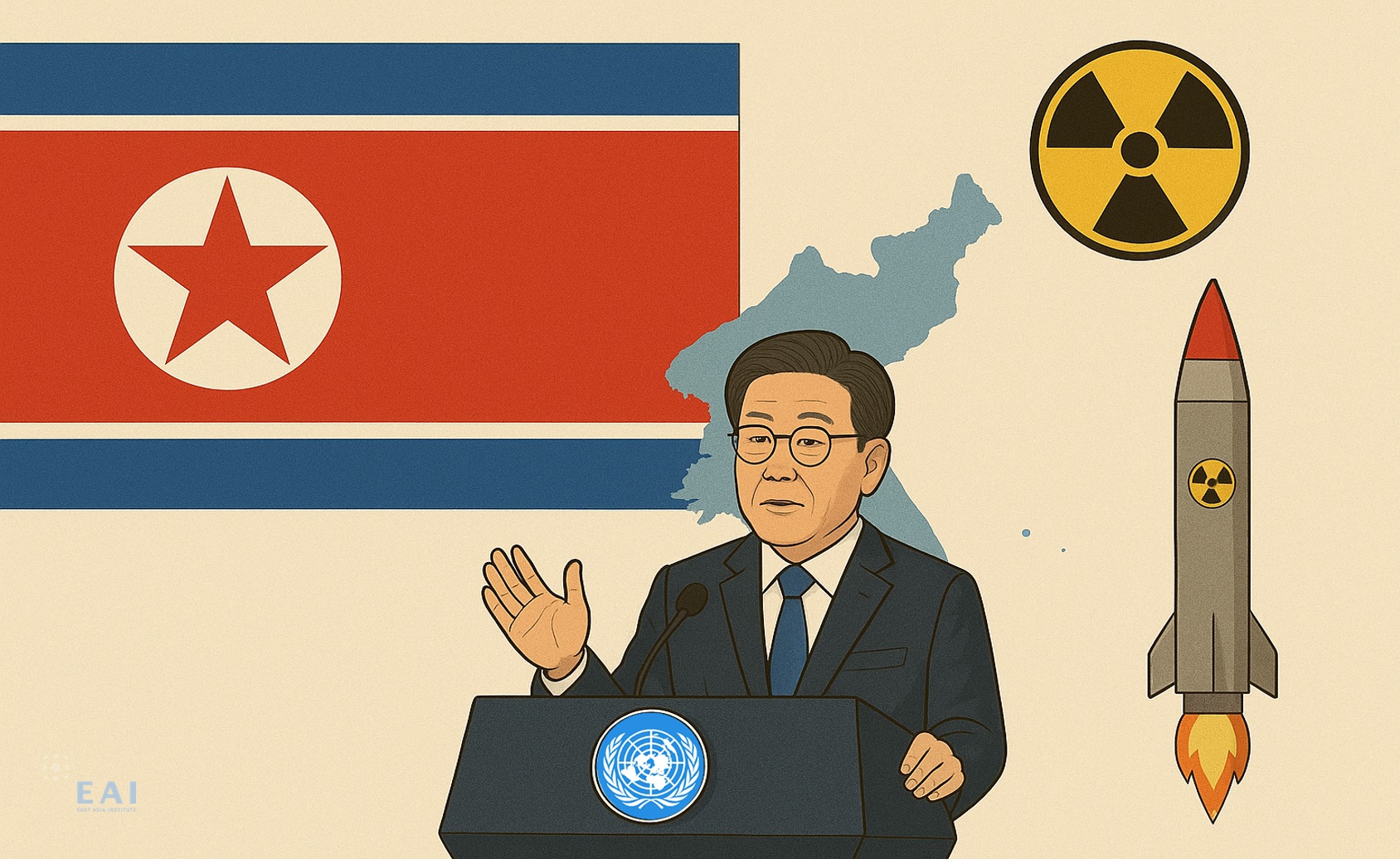In January, Kim Jong Un set out new state-of-the-art armaments. Kim vowed to steadily bolster North Korea’s defense capabilities, a top priority of a sovereign state, and ordered the miniaturization of nuclear weapons, the production of large nuclear warheads, and the development of hypersonic gliding flight warheads and solid-fuel engine-propelled intercontinental ballistic missiles (ICBMs). When Kim first presented the military development plan at the Eighth Party Congress, the terms he used were unfamiliar and his remarks were therefore deemed as an empty threat by the military-first political system. However, problems began to appear in September. On September 13th, the Korea Central News Agency (KCNA) reported that its new type of long-range cruise missiles traveled for 7,580 seconds (approximately 126 minutes) along oval and pattern-8 flight orbits in the air and successfully hit targets 1,500 kilometers away during flight tests on September 11 to 12th. If the report is true, this would be Pyongyang’s longest-range cruise missile, and most of Japan would be within its striking distance.
The KCNA reported on the 16th that "The railway-borne missile regiment took part in the drill with a mission to strike the target area 800 kilometers away from its location after moving to the central mountainous area at dawn on September 15th. It finished rapid movement and deployment according to the norms of the operation and action procedures of the railway-borne missile system, and accurately struck the target in the East Sea of South Korea according to the firepower mission.” North Korea developed its rail-based ballistic system in its efforts to diversify its missile launch platforms. It had used caterpillar-treaded and wheeled transporter-erector-launchers (TEL) to fire ballistic missiles before, but it launched two KN-23 Iskander missiles from a rail-mobile launcher in Yangdok County, South Pyongan Province on September 15th. This method of launching ballistic missiles seems to have been based on that of the former Soviet Union. Ballistic missiles can be launched from a train as well as from a surface ship using a vertical launching system. North Korean media outlets stated that the railway-borne missile regiment was organized this year and revealed that it will be expanded into a brigade-level group. The rail-based ballistic system appears to be an adoption of the one developed by the USSR. The new system, which is similar to what the USSR had used to deploy its rail-based ICBM launchers, demonstrates Pyongyang’s intention to increase its capability of dealing with an intensive multi-concurrent blow. The South Korean military must defend against missiles from not only TELs or missile bases, but also trains as they can hide in rail tunnels and carry multiple hefty ballistic missiles.
On September 28th, North Korea showcased an unusual missile. The KCNA reported on the 29th that the Academy of Defense Science had test-fired the Hwasong-8 from Toyang-ri, Ryongrim County, Jagang Province in the morning on the 28th. The state media described it as a hypersonic missile, which is a missile that travels faster than Mach 5 (6,125 km/h). A released photo showed a black ballistic missile mounted with a finned and cone-shaped warhead soaring into the air.
Pyongyang fired missiles four times in September alone; the North seems to be deploying a two-faced strategy. Although Kim Jong Un did not appear at the missile launch site and concentrated on internal affairs for a while after entrusting external relations to his younger sister Kim Yo Jong, the Vice Department Director of the Central Committee of the Workers' Party of Korea, he had revealed North Korea’s policies on South Korea and the U.S. in his address to the Supreme People's Assembly earlier this year. The Rodong Sinmun reported that Kim had delivered a policy speech titled “The Current Direction for Struggle for New Improvements in Constructing a Socialist State” at the second day sitting of the 5th Session of the 14th Supreme People's Assembly of the Democratic People's Republic of Korea on September 30th. In his speech, Kim unveiled his plan to focus on improving inter-Korean relations prior to having talks with the U.S. He demanded that the South promptly rid itself of crisis awareness and the delusion of being attacked, claiming that prospects for bilateral relations depend on the attitude of the South Korean authorities. He expressed his intentions to restore the inter-Korean communication lines that had been cut off from early October as part of the efforts for realizing the expectations and desire of the entire Korean people to see the recovery of bilateral relations and peace on the Korean Peninsula.
There are two things Korea watchers should look out for in the future. One is whether a virtual high-level talk with the North this year will lead to an additional inter-Korean summit on the occasion of the Beijing Winter Olympics in February as the Blue House hopes. President Moon Jae-in seeks to establish irreversible peace on the peninsula through his Korean Peninsula Peace Initiative, which he prides himself on as his greatest achievement. Moon wants to ensure that the Panmunjom Declaration as well as the 9.19 Pyongyang Joint Declaration and the Military Agreement remain in place regardless of the ruling party of the next administration. Another thing to watch for is whether cracks will be created in the ROK-U.S. alliance or whether ROK-China ties will become tense. On his flight to Seoul after attending the UN General Assembly, Moon said that “An end-of-war declaration has nothing to do with the withdrawal of U.S. troops from South Korea or the ROK-U.S. alliance.” This was his response to concerns that the North will force a withdrawal of U.S. troops from the South once the two Koreas, the U.S. and possibly China declare a formal end to the Korean War. However, Kim Yo Jong said on August 10th that “As long as U.S. forces stay in South Korea, the root cause for the periodic aggravations worsening the situation on the peninsula will never vanish,” virtually demanding the withdrawal of U.S. troops from the South. Moon’s repeated call for an end-of-war declaration, which has essentially lost all use, appears to be a message aimed towards the North. This can be interpreted as an intention to persuade the international community using the occasion of the 30th anniversary of the simultaneous admission of the two Koreas into the UN. The ultimate goal is an inter-Korean summit. The end-of-war declaration would weaken the justification and basis for the ROK-U.S. alliance and stationing of U.S. forces in South Korea.
Although inter-Korean communications were restored after 55 days, the two Koreas appear to be on different pages on the future direction of their relations. The South Korean government expressed hope to resume inter-Korean dialogue to discuss establishing peace on the peninsula while the North demanded the South to discard hostile views and policies toward North Korea first. Kim’s order to restore hotlines with Seoul suggests a possible recovery of bilateral relations but the road ahead will be fraught with landmines as the two Koreas have different goals.
It is not easy for Seoul to accept Pyongyang’s demand. During a parliamentary audit session held on September 1st, South Korean Foreign Minister Chung Eui-yong dismissed Kim Yo Jong’s call for South Korea and the U.S. to withdraw hostile policies as a unilateral claim from the North. Autumn has gotten deeper but stalled inter-Korean relations are not likely to advance quickly. Pyongyang reopened the communication channel after remaining silent for some time to overcome its economic situation worsened by UN imposed sanctions and COVID-19 and to seek dialogue with the U.S. by first improving its ties with Seoul. It is part of the North’s strategy to turn the situation to its own advantage. However, if its demands are not met, it seems that North Korea will change its stance without hesitation.■
■ Sung-wook NAM is an East Asia expert with the theoretical and practical experience in academia, government and intelligence services on North Korea and China. He has worked as an analyst for Korean National Intelligence Service and an advisor to Ministry of National Defense, Ministry of National Unification and Ministry of Foreign Affairs. Nam is Dean of Graduate School of Public Policy, Korea University and director of Center for North Koreanology at the Asiatic Research Institute, Korea University since 2013. He received his PhD in Applied Economics from the University of Missouri-Columbia, USA. He also works as a commentator on international affairs at the Korea Broadcasting Service since 2008. His academic career includes four years as Professor of North Korean Studies at Ewha Women’s University and five years as the head of the School of National Intelligence Academy. His positions in the government since entering academia in 1999 include the President of Institute for National Security Strategy in 2008–2011. Also, he was the general director of National Unification Council Advisory (vice-minister level) in 2012–2013. In addition to numerous papers and books, he is the author of North Korean Food Shortage and Reform of Collective Farm (Munchen Germany: Hertze Verlag, 2006). He is the author of North Korean Nuclear Weapon and Reunification of the Korean Peninsula (Singapore: World Scientific, 2019). He is co-author of South Korea’s 70-Year Endeavor for Foreign Policy, National Defense, and Unification (Singapore: Palgrave Macmillan, 2018) and also Mysterious Pyoungyang: Beauty of Women and Cosmetics (Singapore: Palgrave Macmillan, 2020).
■ Typeset by Seung Yeon Lee Research Associate
For inquiries: 02 2277 1683 (ext. 205) | slee@eai.or.kr
